August 17-23, 2025
Of dragonflies and migrating birds
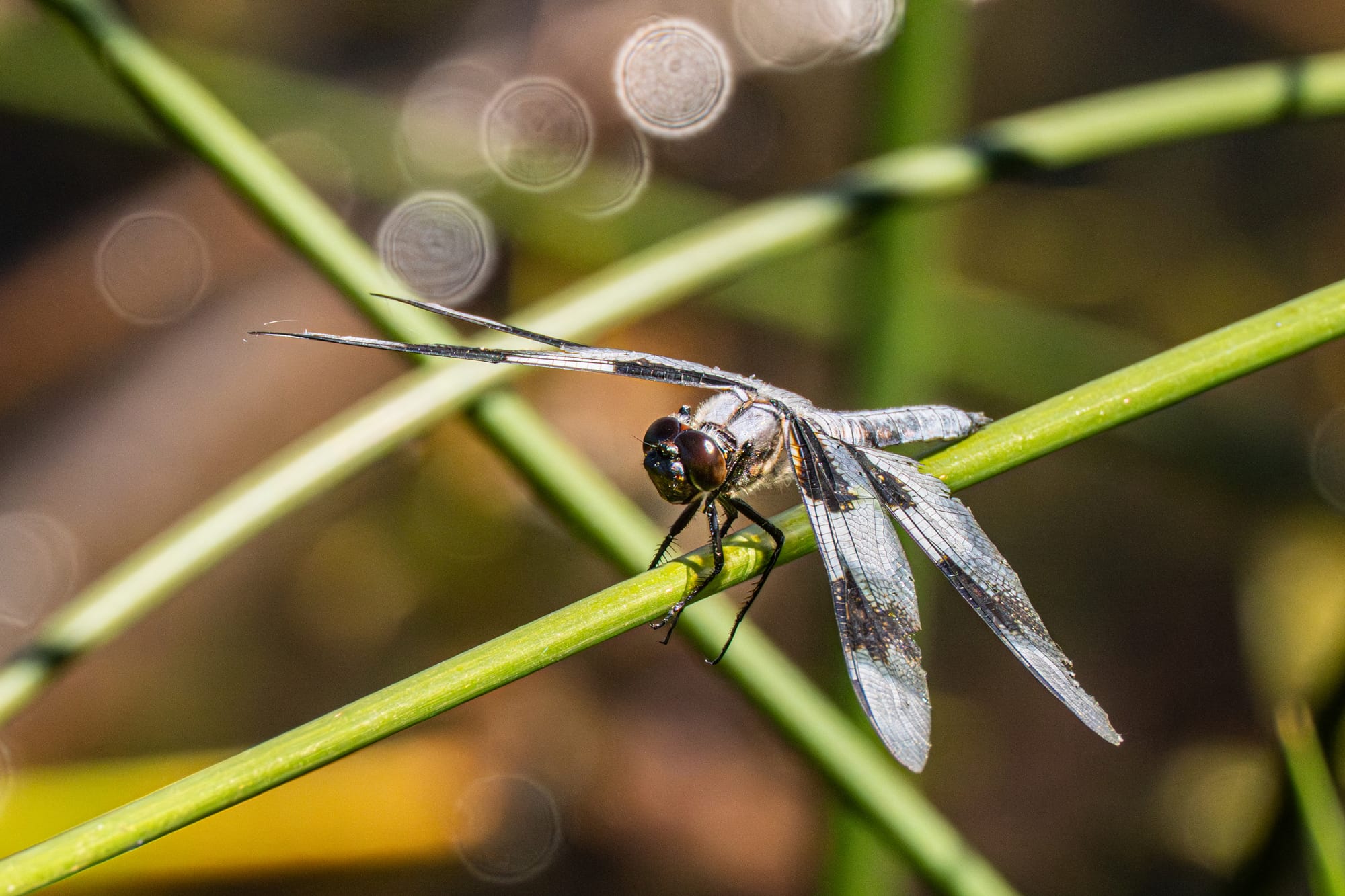
While the first half of the week was mostly cloudy and cool, warm weather arrived mid-week, giving us a hint of the scorching temperatures coming next week.
Week in Review
Despite this week's run of cool, cloudy days followed by very hot days, there's been a surprising amount of activity. Early in the week, when it was cloudy, I ran into large, noisy flocks of migrating songbirds and later in the week, when it was hot, I was amazed at how many dragonflies, damselflies, and butterflies I was finding around the edges of lakes and ponds.
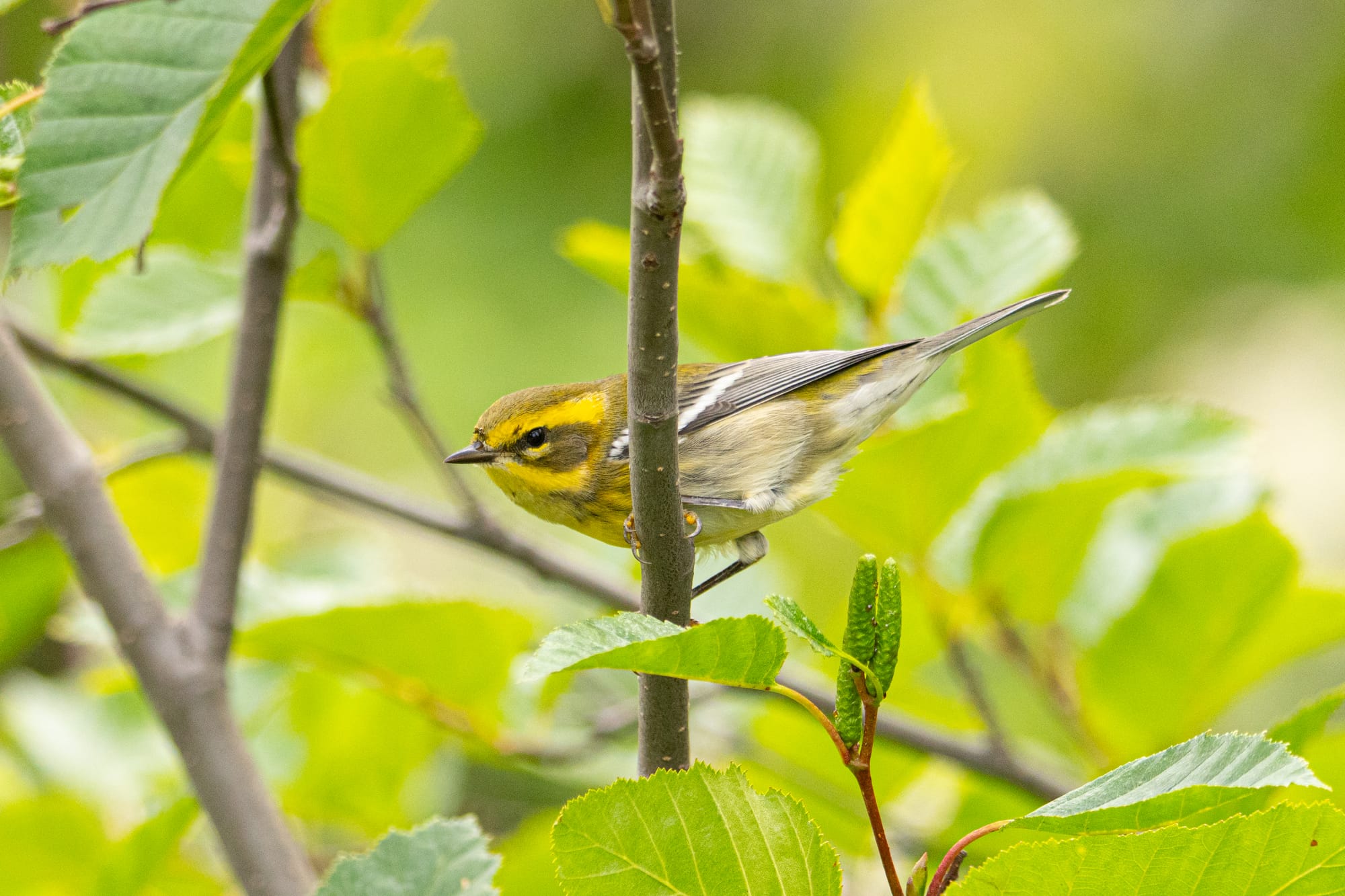
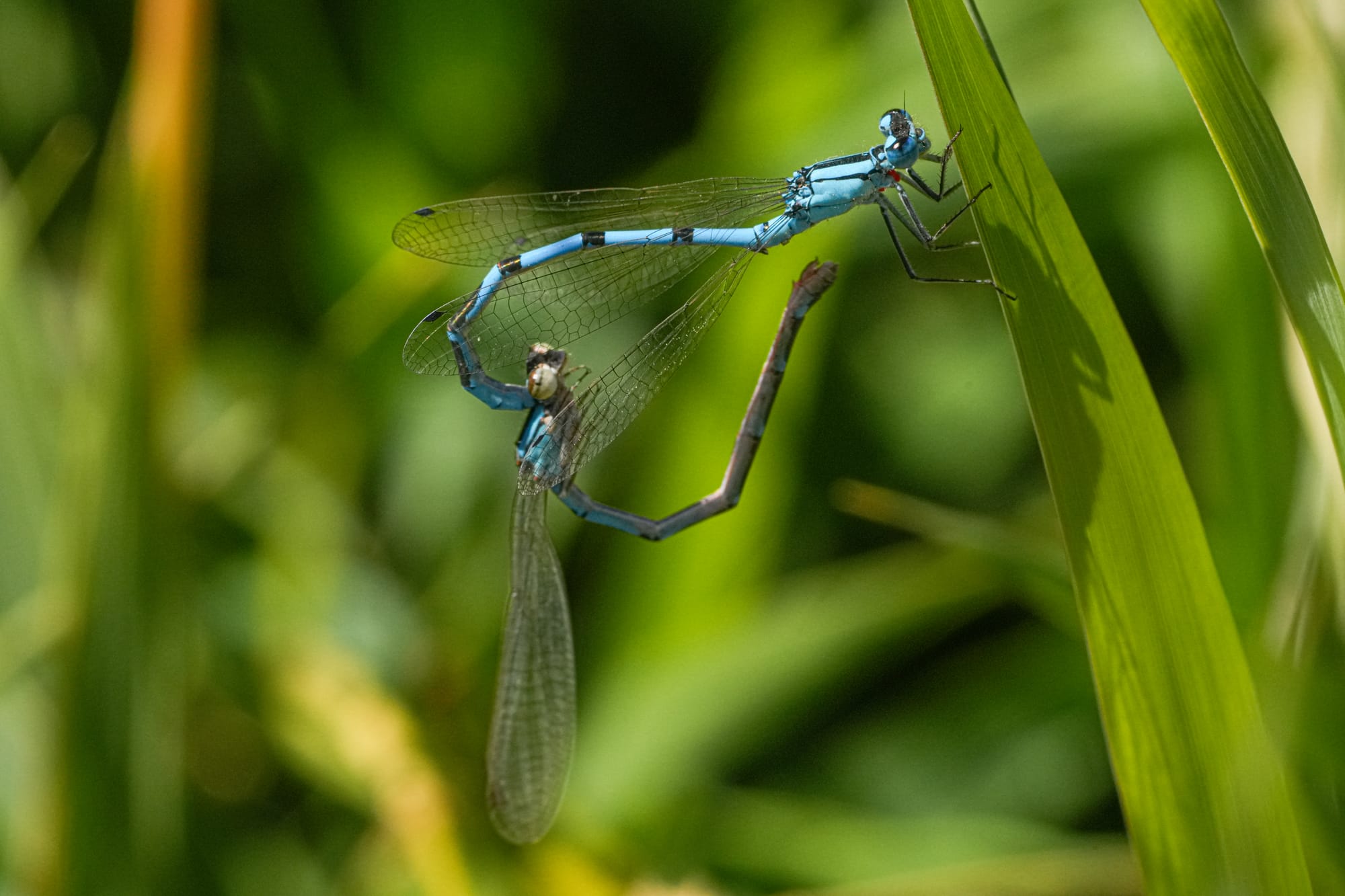
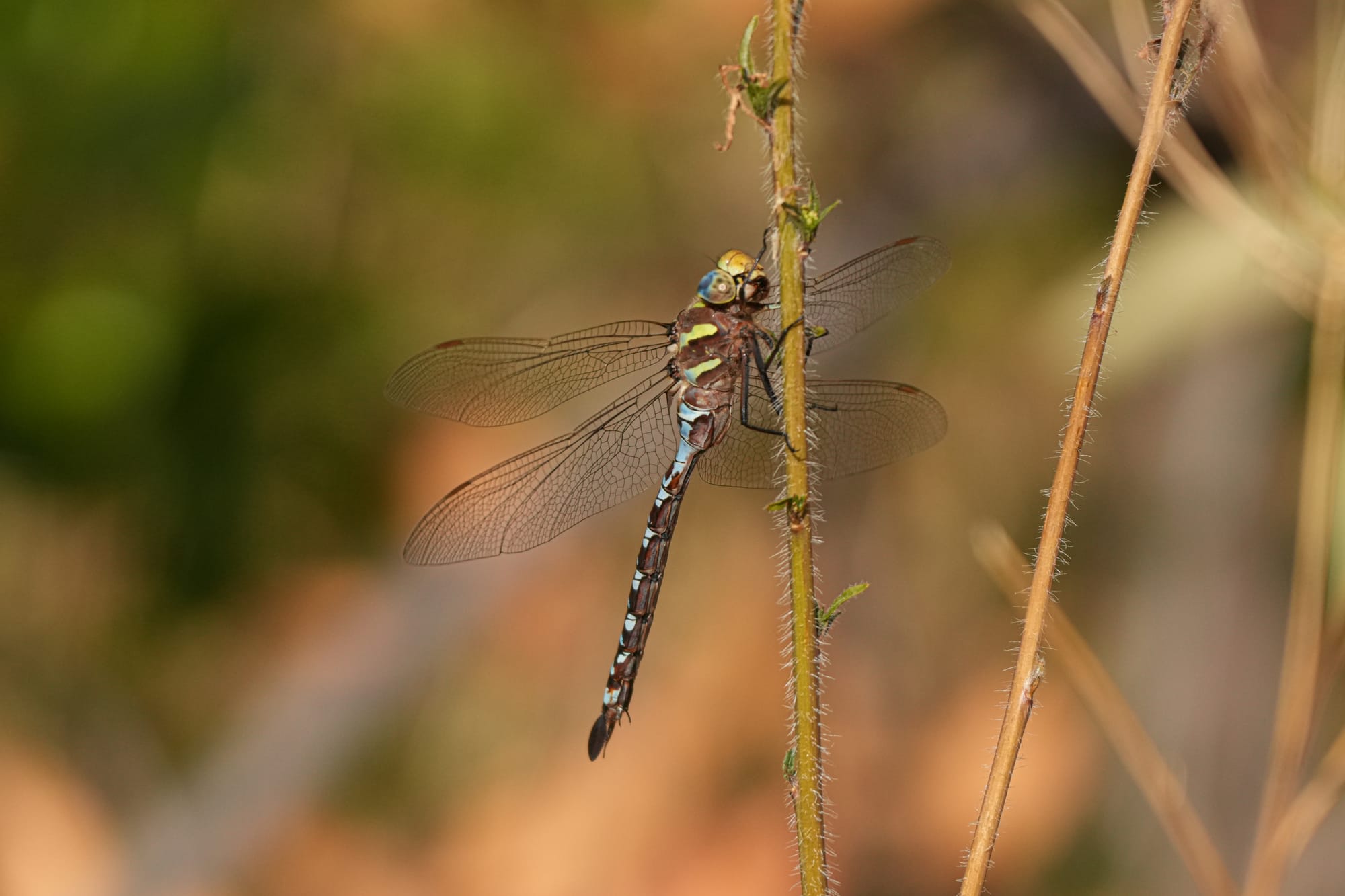
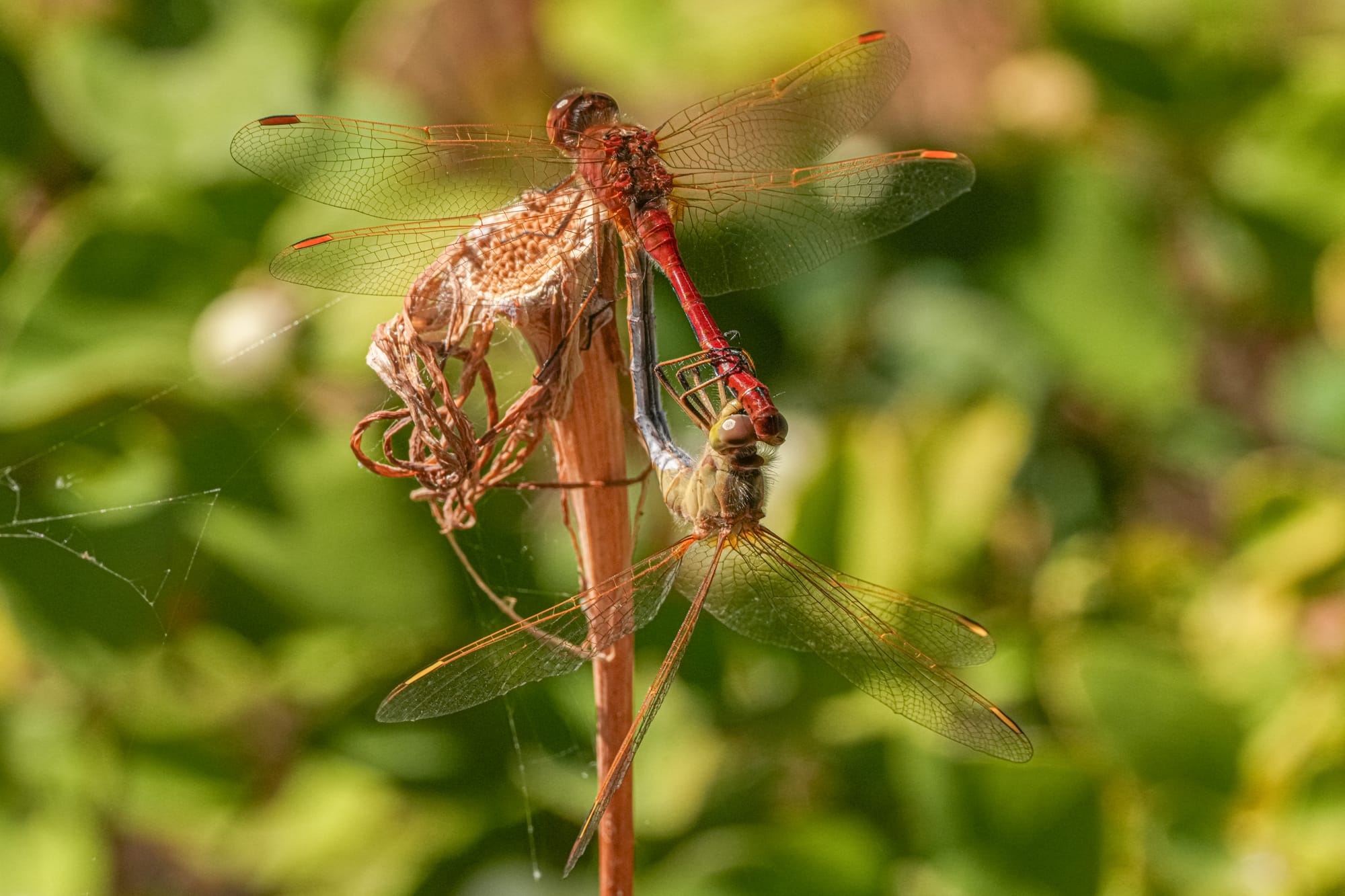
Other extremely common insects right now are a wide variety of grasshoppers, and you can't miss the many grasshoppers flying up with brightly colored, loudly crinkling wings. After my recent success identifying a spur-throated grasshopper, I tried my hand at identifying the large orangish grasshoppers that are so abundant along the Big Valley trail. Based on the raised hump on their backs, I believe these are Carolina grasshoppers (Dissosteira carolina)
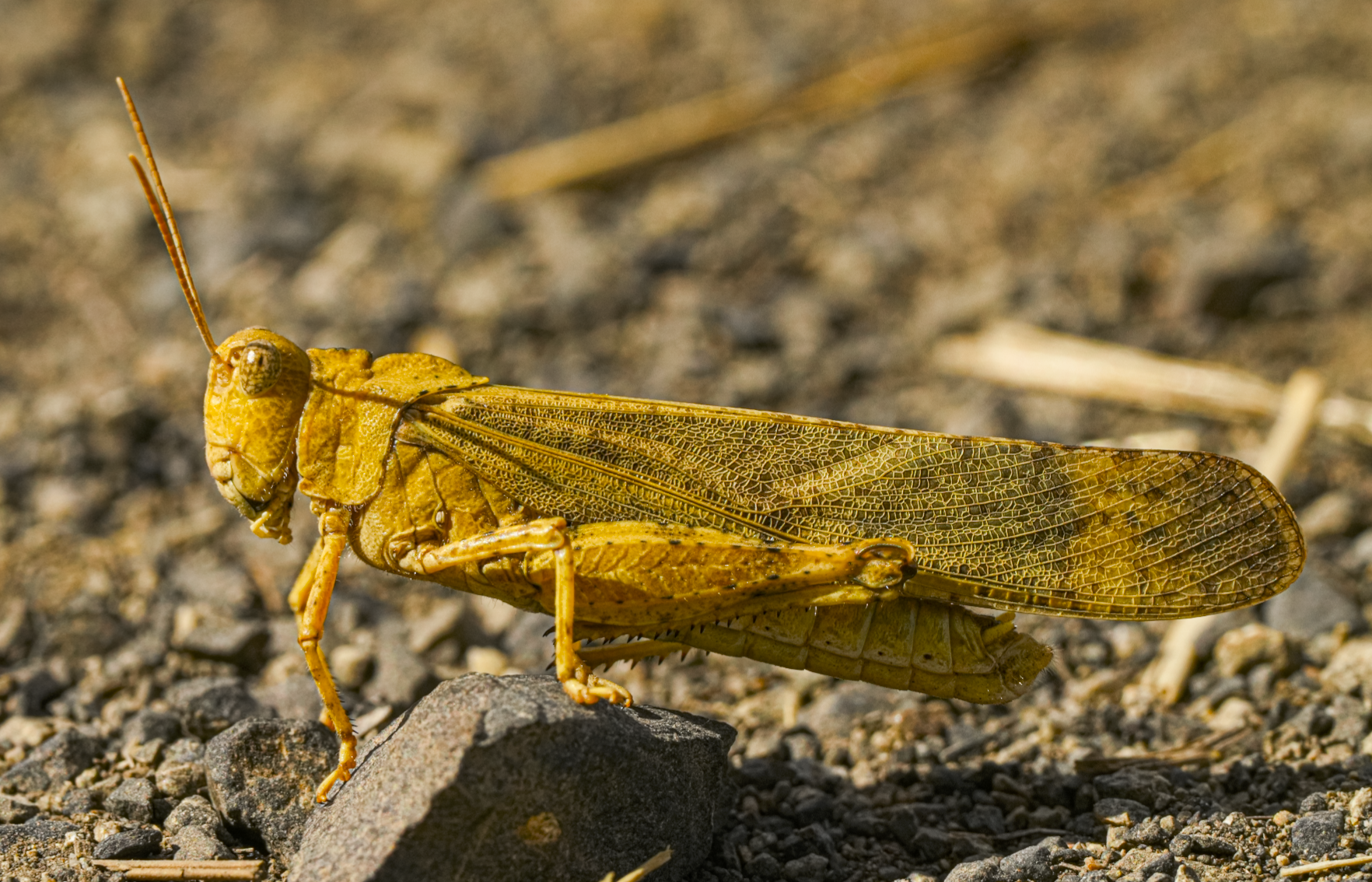
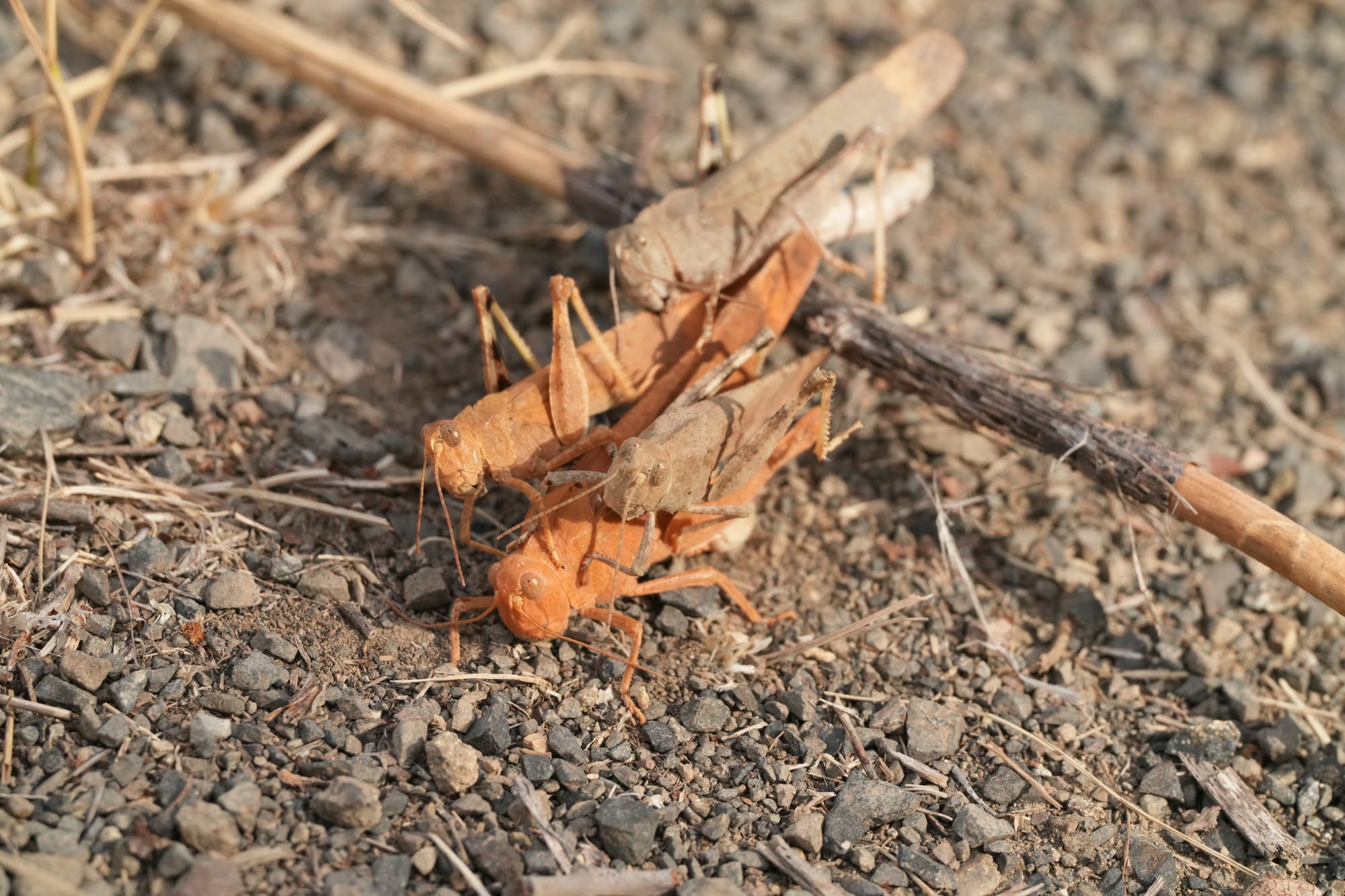
If you want to discover the diversity of insects that are active at this time of year, try checking out the handful of plants that are still flowering because they are insect magnets.
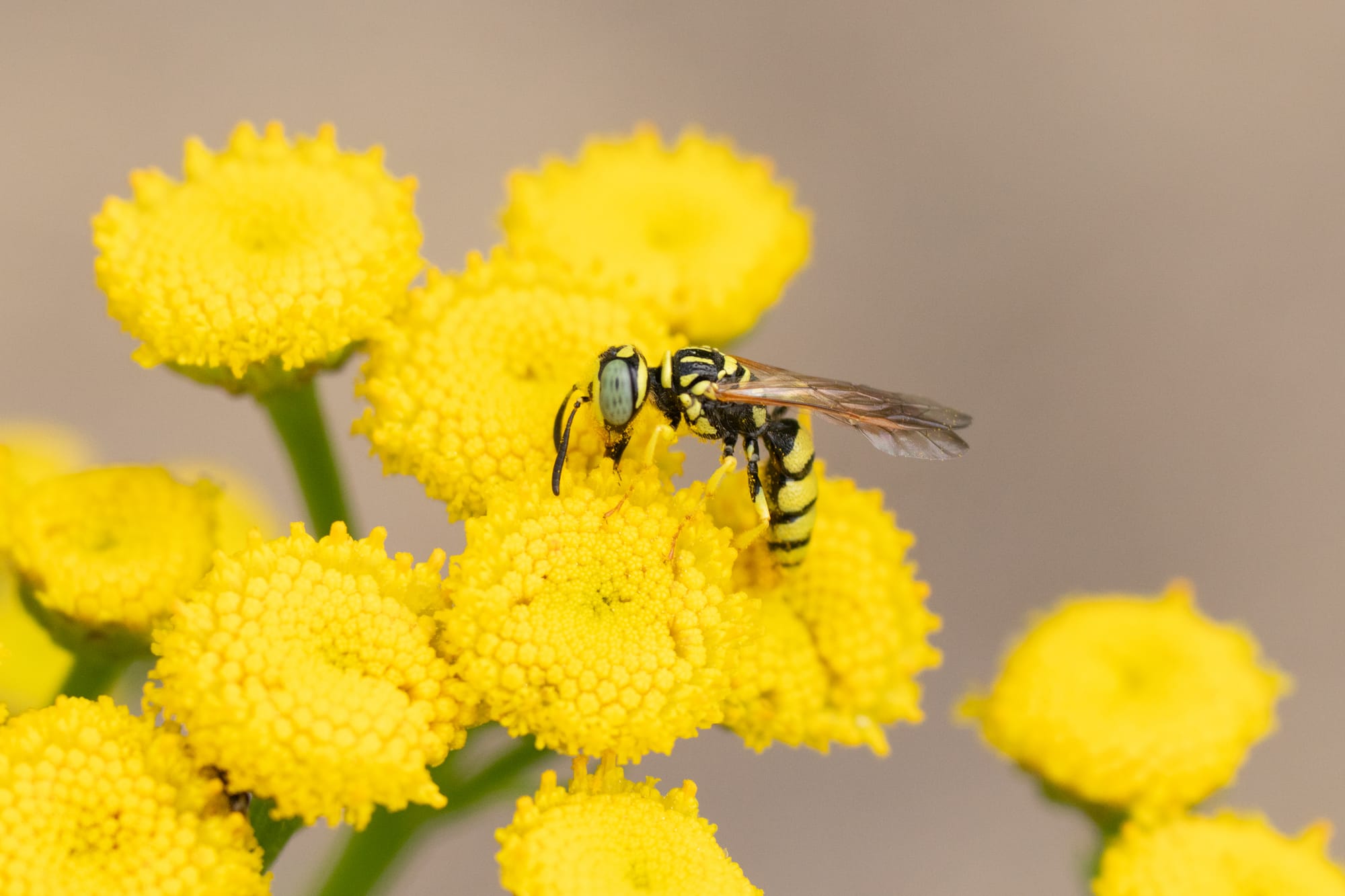
Though it is easily overlooked, the top flowering plant right now is the snow buckwheat, which can be absolutely loaded with pollinating insects. Take some time to look closely at some snow buckwheats, especially in the cooler hours of the day, and you'll be amazed. A few summers ago I wrote about this plant and its many pollinators.
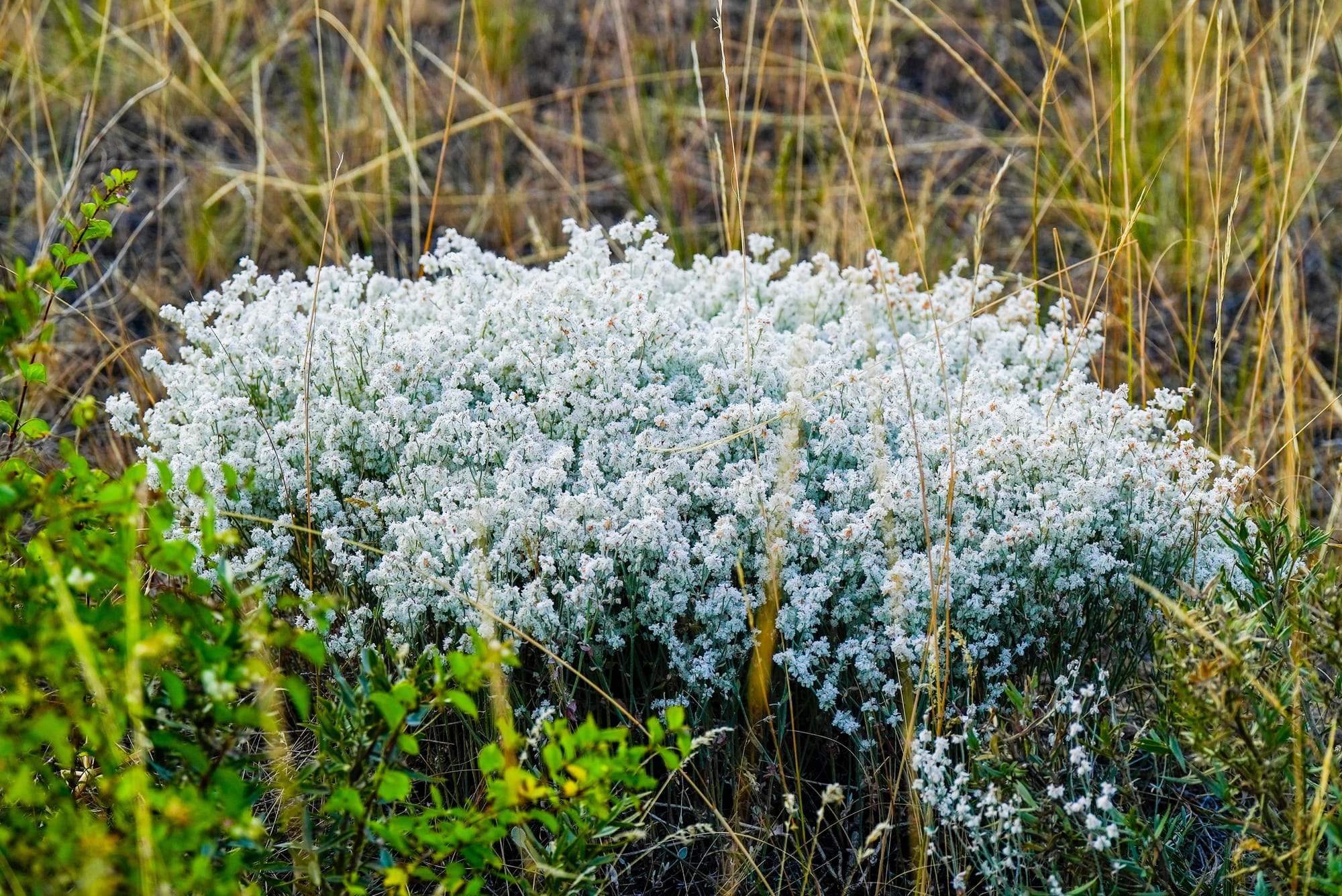
There were a lot more observations this week, but I'll wrap up by sharing two bird sightings that highlight the changing seasons. One was the appearance of a Bonaparte's gull with a small group of California gulls at Big Twin Lake. Bonaparte's gulls are a dainty gull that breed in the boreal forests of northern Canada and Alaska, and at least a couple are spotted in the Methow Valley each year as they fly to their wintering grounds along the Pacific Coast.

Much more interesting was spotting (and photographing!) a rarely seen black merlin. Black merlins are a unique subspecies believed to nest exclusively along the Washington and British Columbia coasts, but so few nests have ever been found that almost nothing is known about the nesting and seasonal movements of this rare subspecies, which makes it extra special to find one in the Methow Valley.
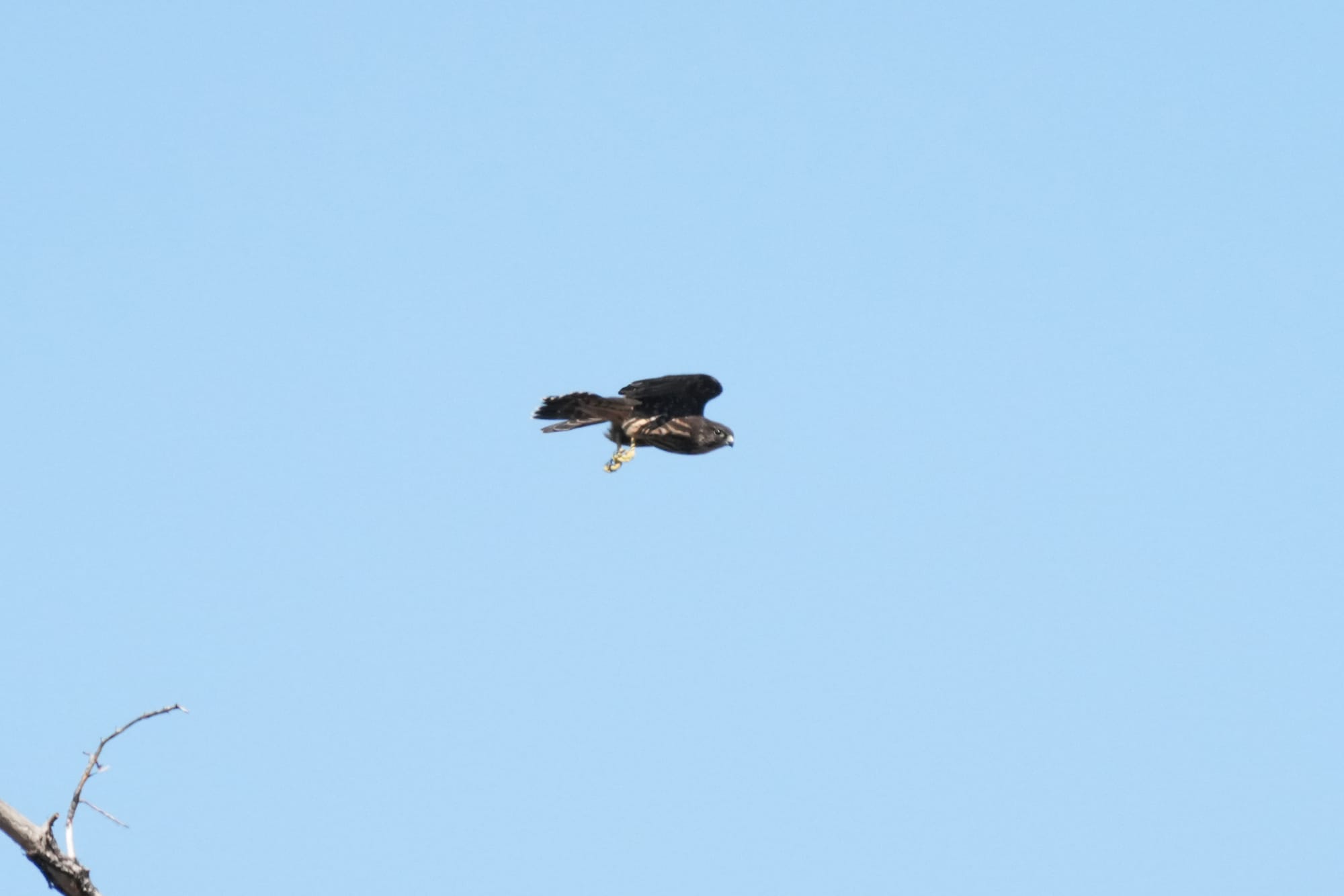
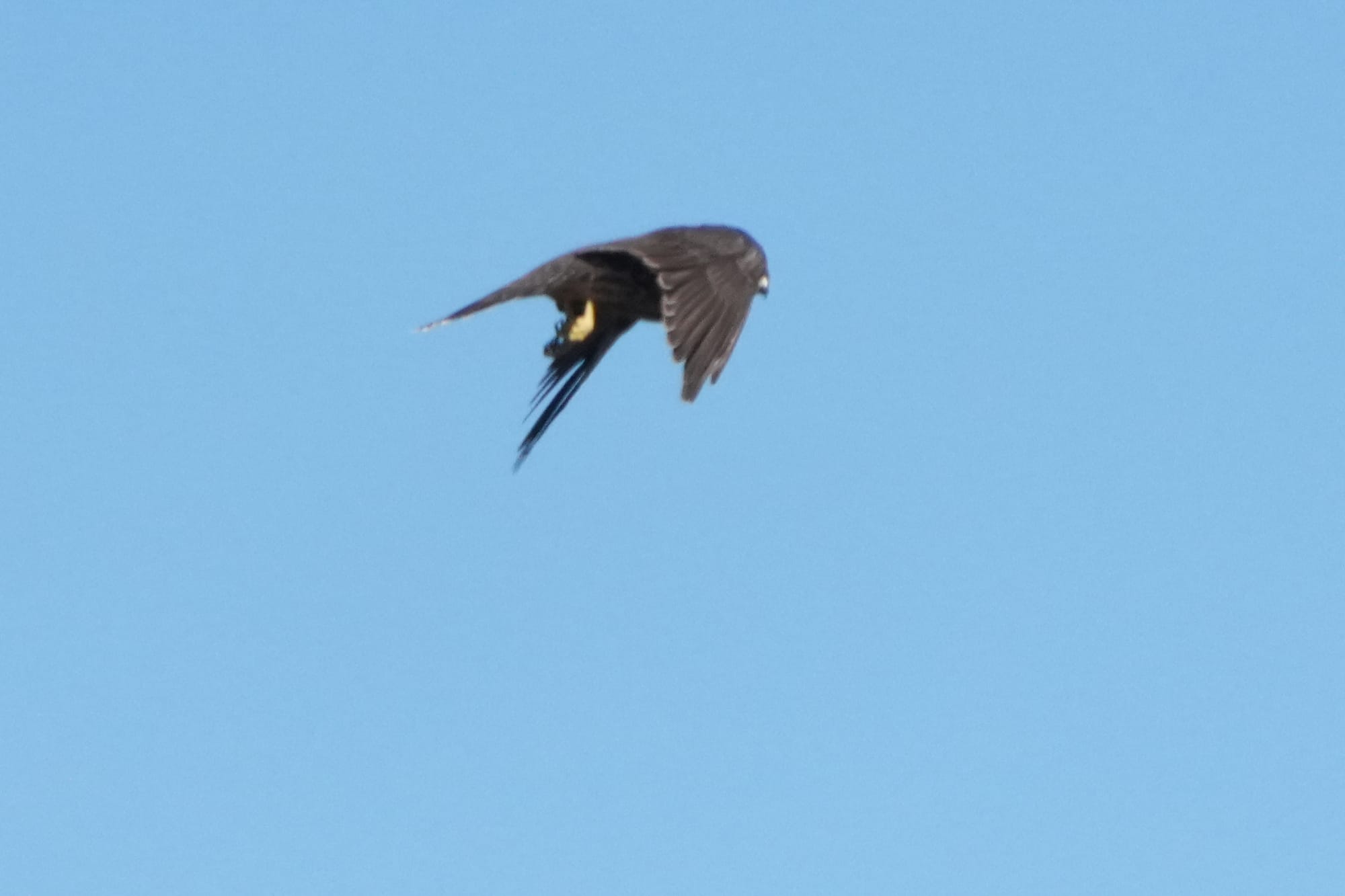
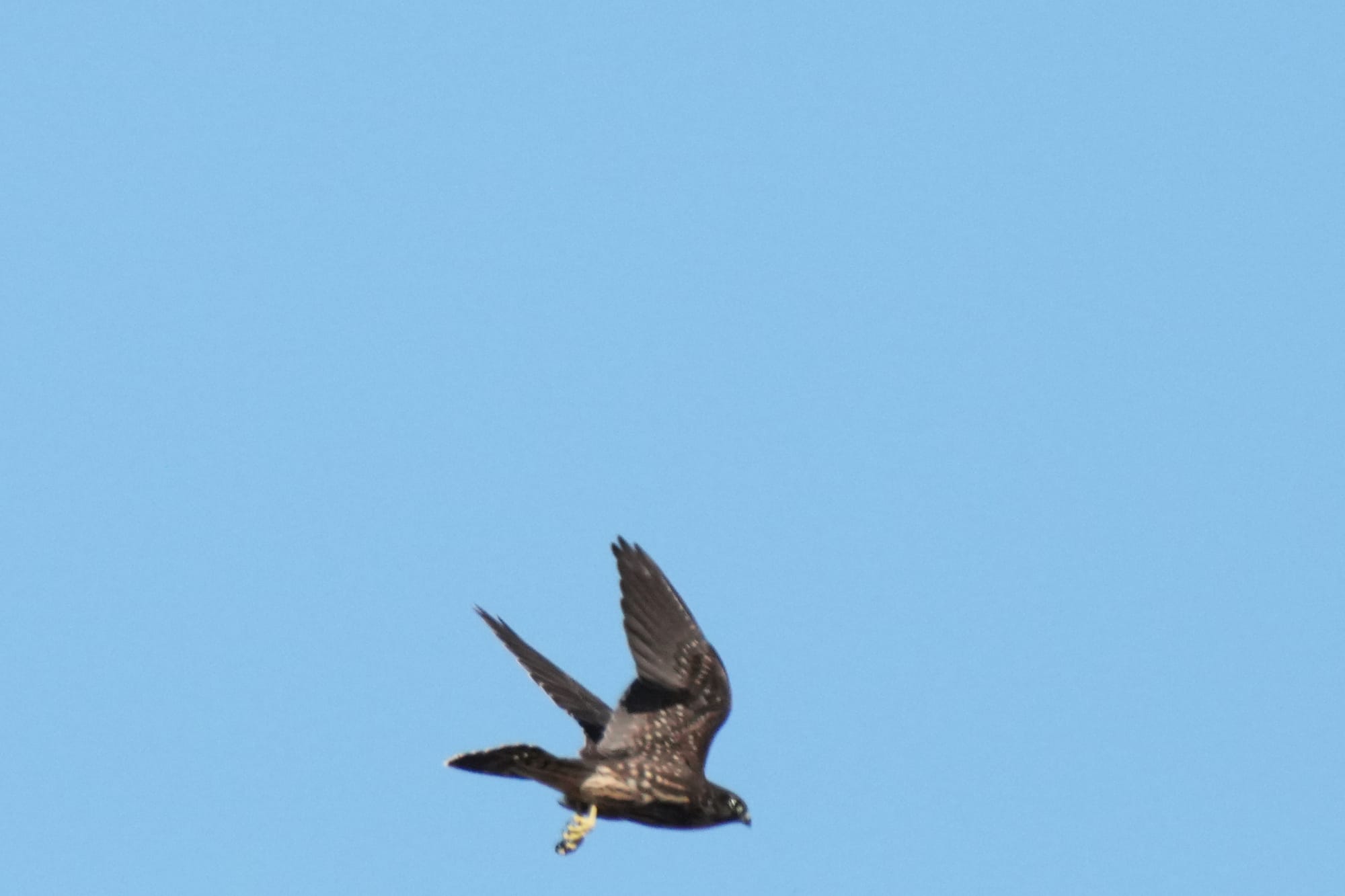
Three views of a black merlin. Photo by David Lukas
Observation of the Week: Chilling with Pikas
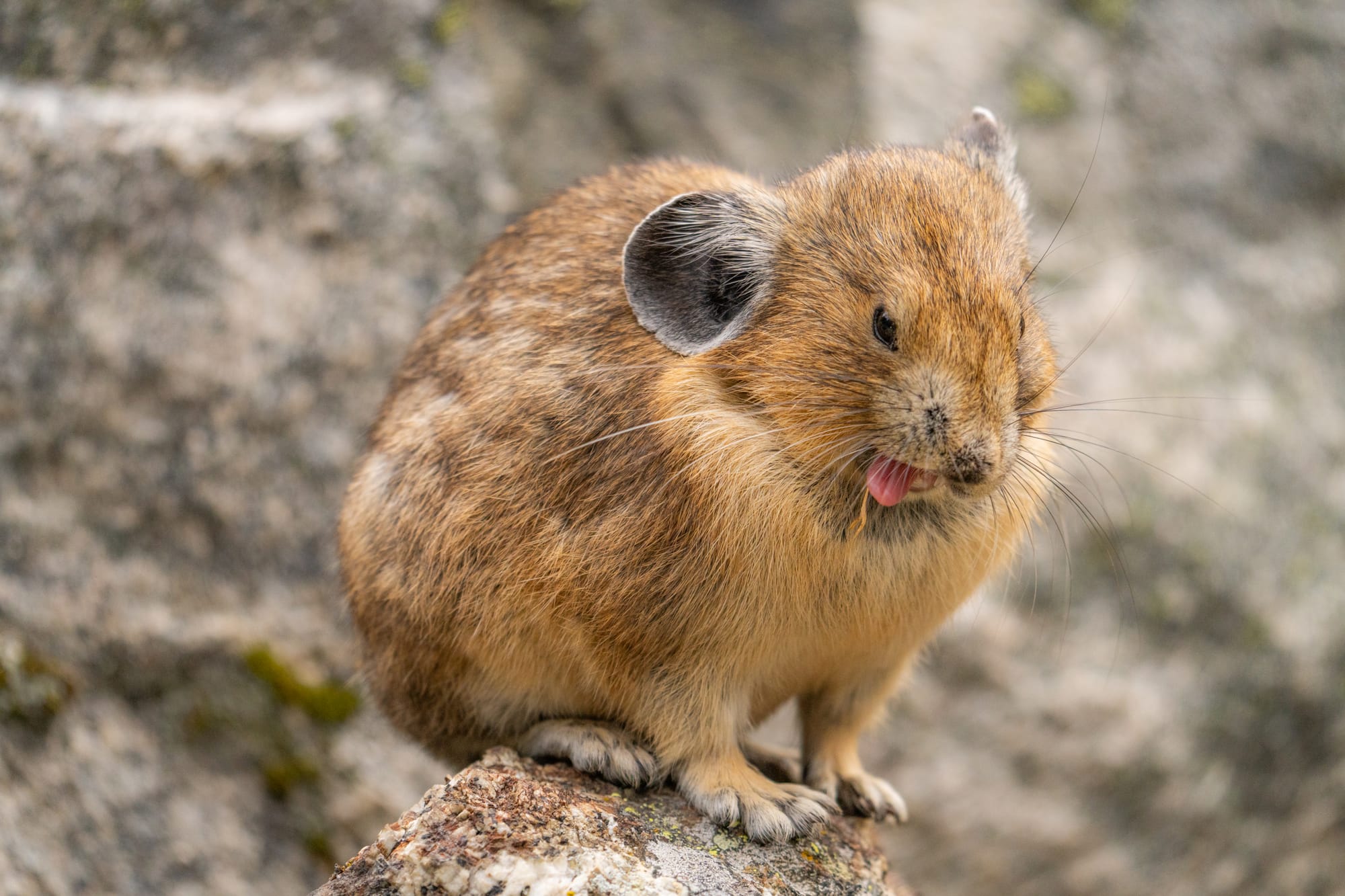
If you're like me, you know pikas as alert, hyperactive little rabbits, darting in and out of rocks, scolding you, chasing each other, and running around collecting plants. At least that's how I know pikas, so when I went out this week in hopes of photographing a pika, this is what I expected to find.

I found some pikas, but to my amazement, when I sat down and didn't move for a couple hours, I discovered that they have a languid and utterly charming side that I didn't know about.
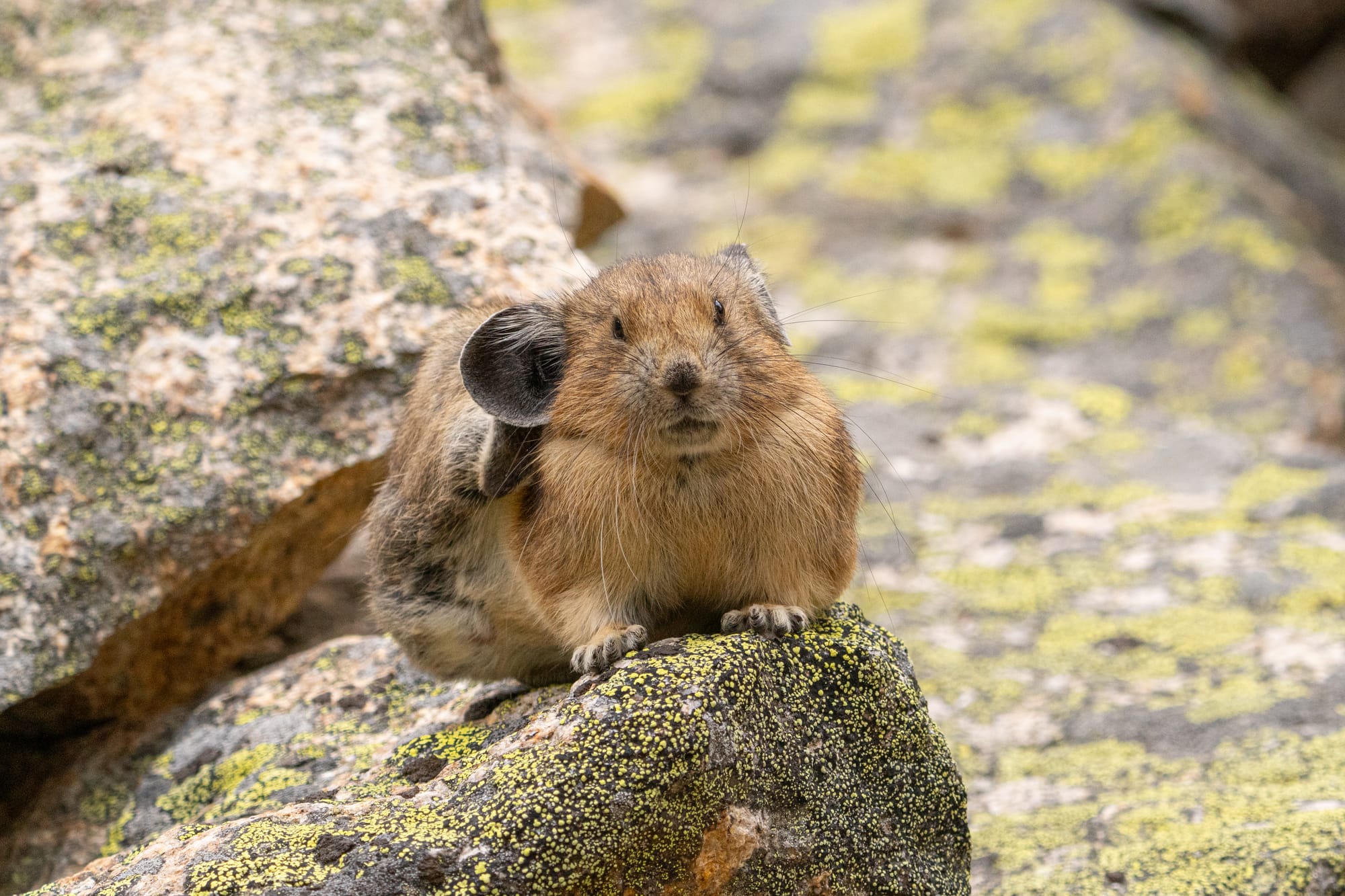
I sat so close to these pikas that it was hard to zoom out and take photographs of them but they only casually watched me as they groomed, stretched, yawned, and dozed in the sun.
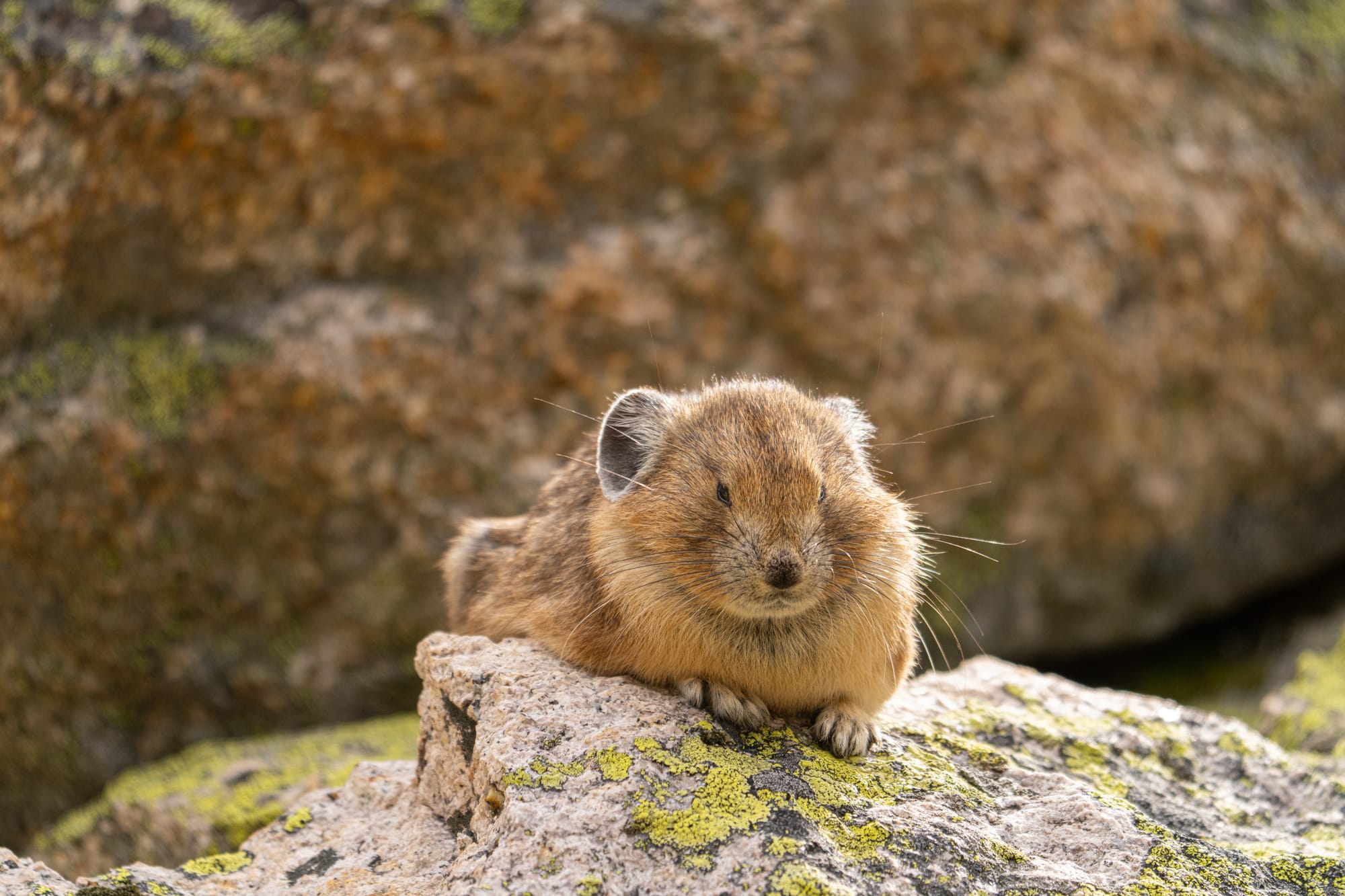
I think that part of what was going on is that pikas are extremely busy during their short summer season. Not only are they constantly squabbling over territories and stealing food from each other, but they must find mates and raise babies while also collecting and storing enough surplus food to get them through the winter.
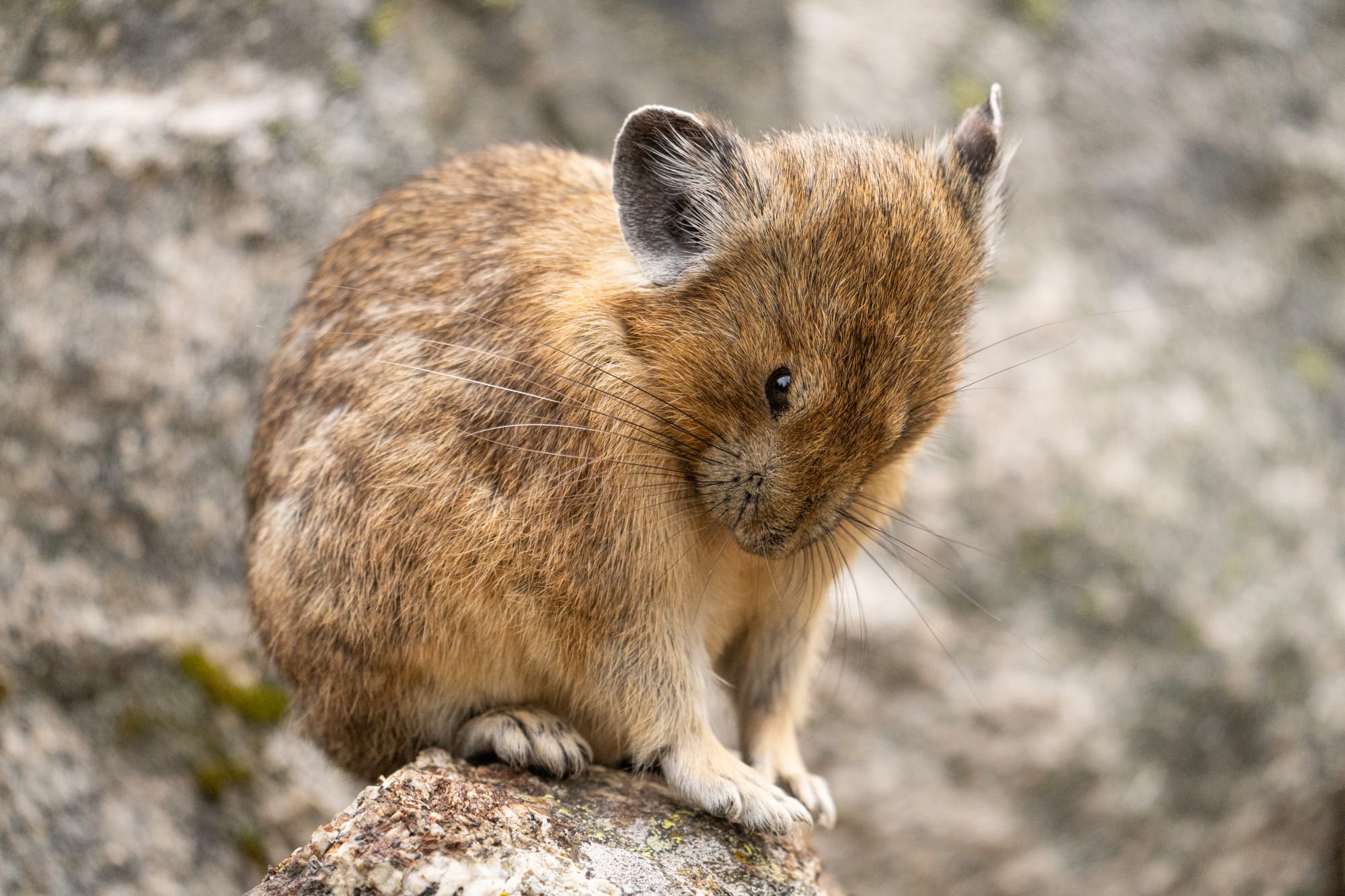
By late summer, they've finished stashing away a sizable supply of winter food, and have wrapped up their summer chores, so there's not a lot to do except nibble on an occasional food item and chill out.
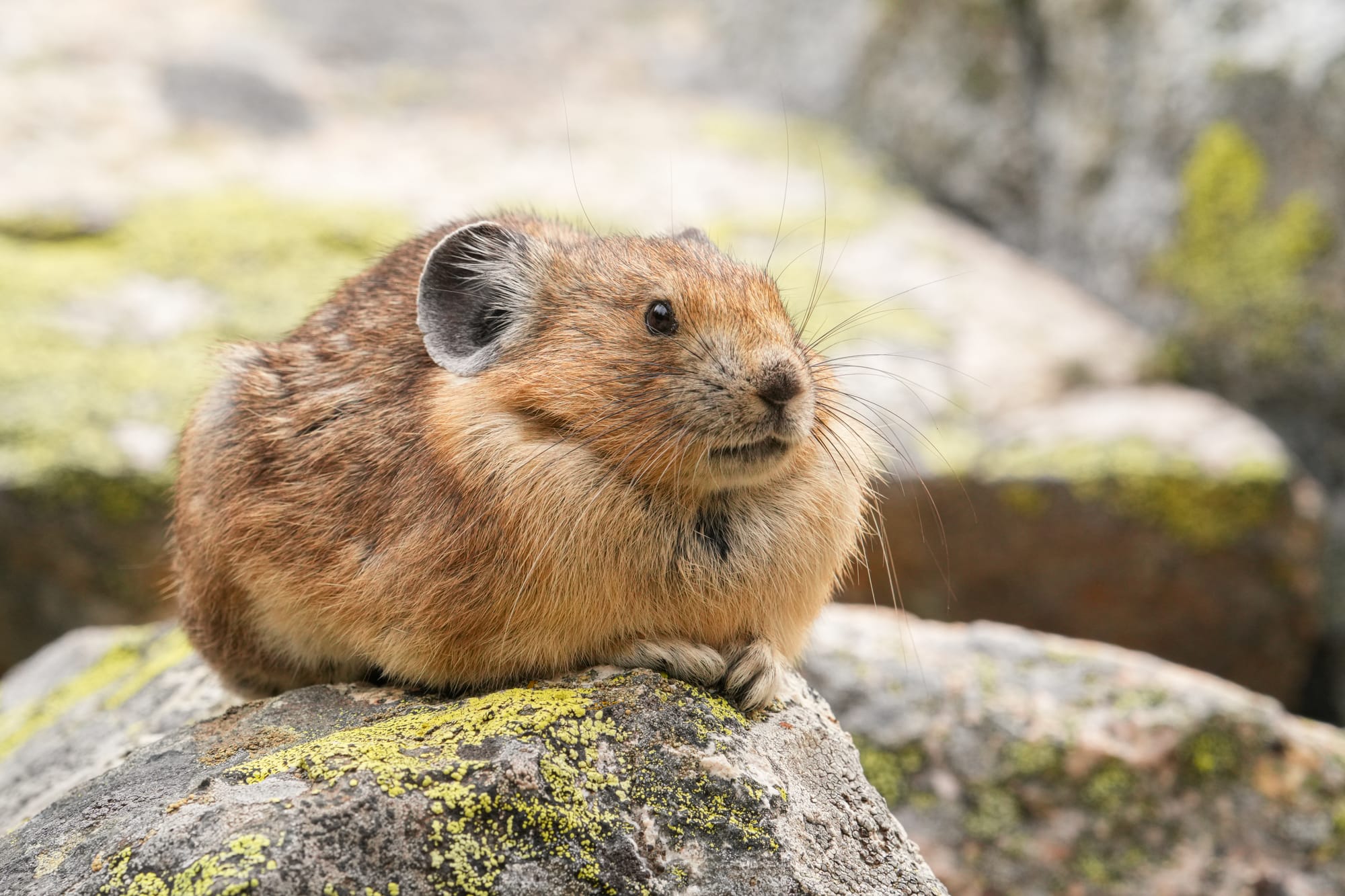
It was incredible to see them so relaxed, and watching them like this was an excellent reminder to slow down myself. Normally I'd snap a couple pictures and keep hiking, but by stopping and spending quality time with pikas I learned a lot that I would have otherwise missed!

